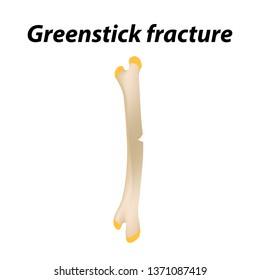If you're experiencing neck and back pain, your body could be attempting to inform you something more than just discomfort. The means your back really feels can give important clues concerning your general health. Comprehending the particular kind of discomfort you're feeling and any accompanying signs and symptoms is key to untangling the secret behind your pain. Allow' you could try this out out the typical problems and signs and symptoms connected with various types of neck and back pain to clarify what your body may be signaling.
Sorts Of Back Pain
When it involves back pain, there are various kinds that you might experience. One typical kind is muscle mass pain, usually brought on by overuse, strain, or injury to the muscle mass and tendons sustaining the spinal column. This sort of discomfort can range from light pain to serious and devastating discomfort.
Another kind is nerve discomfort, which can result from conditions like herniated discs or sciatic nerve pain. Nerve discomfort commonly offers as a sharp, shooting experience that radiates down the leg.
Joint pain in the back can stem from issues like joint inflammation or sacroiliac joint disorder. Recommended Browsing of pain is generally felt in the reduced back and can be intensified by certain motions.
Additionally, neck and back pain can be related to architectural problems such as spinal stenosis or vertebral fractures. Recognizing the sort of neck and back pain you're experiencing is important in identifying the appropriate therapy and monitoring strategies.
Common Symptoms to Watch For
Relocating beyond the numerous types of neck and back pain, it's important to recognize the usual signs and symptoms that can signify underlying issues.
Relentless neck and back pain that gets worse with motion or in the evening could suggest an extra major issue. Tingling or prickling in the legs or feet, especially when accompanied by weak point, may indicate a nerve-related problem. If you experience abrupt weight loss together with back pain, maybe an indication of an extra systemic problem.
Take notice of any adjustments in bladder or bowel function, as this could be connected to spinal cord compression. High temperature, chills, or evening sweats combined with pain in the back might indicate an infection. Keep an eye out for discomfort that emits down one or both legs, possibly indicative of sciatic nerve pain.
Health Issues Linked to Back Pain
If you experience pain in the back, it's vital to understand the prospective wellness problems connected to this discomfort. Neck and back pain can be a symptom of various underlying problems, including muscular tissue stress, herniated discs, osteo arthritis, spine constriction, and even conditions like kidney stones or infections.
Muscle mass stress are common and often arise from raising hefty objects or unexpected activities.
Herniated discs occur when the soft tissue between vertebrae protrudes, triggering nerve inflammation.
Osteoarthritis, a degenerative joint condition, can result in neck and back pain as cartilage material wears down.
Back constriction, the narrowing of the spinal canal, can tax nerves.
Kidney rocks may create extreme neck and back pain if they relocate into the urinary tract.
Infections like spinal osteomyelitis can additionally manifest as pain in the back. Understanding these prospective health and wellness conditions can help you seek appropriate medical care and monitoring for your back pain.
Verdict
So, next time your back harms, focus on the type of pain and coming with signs and symptoms. It could be a signal from your body about underlying wellness problems like muscular tissue pressure, nerve problems, joint troubles, and even structural issues. By acknowledging these indications, you can take proactive steps to resolve the origin of your pain in the back and improve your total health and wellness.
